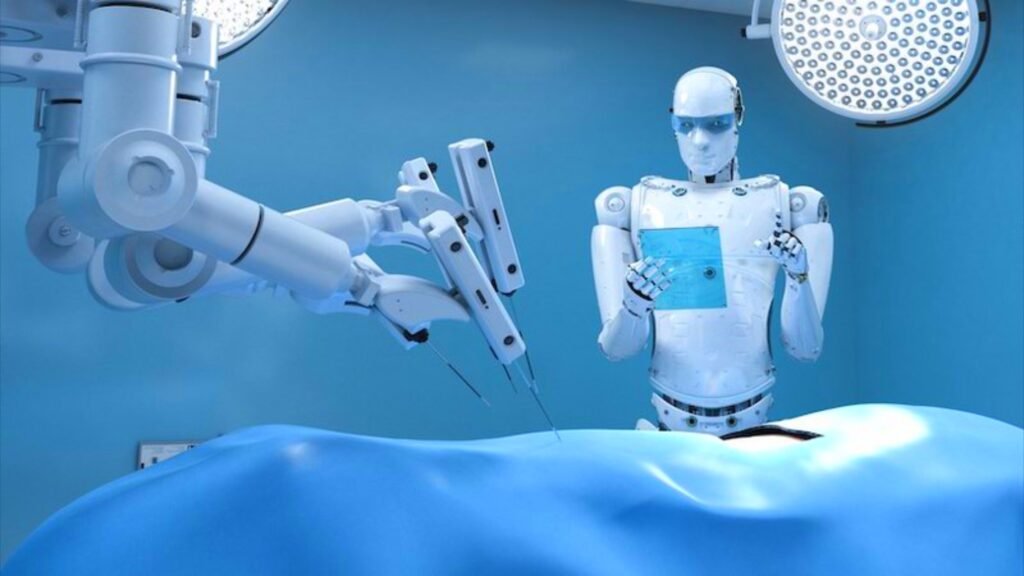After an initial wave of excitement around robotic-assisted surgery in the early 2000s, enthusiasm tapered off due to questions about its effectiveness compared to traditional laparoscopic procedures. Now, renewed optimism is building as advancements in artificial intelligence, connectivity, and sensor technology promise to make robotic surgeries more precise and accessible. Robotic-assisted surgery allows doctors to perform minimally invasive procedures with enhanced precision by controlling computerized instruments.
Despite the potential, robotic surgeries currently account for just 2% of all procedures, compared to 30-35% for traditional minimally invasive surgeries. Still, the market for robotic surgery is valued at $4 billion, half the size of its traditional counterpart. The adoption of robotic systems varies across hospitals, with many seeing them as valuable marketing tools. However, the scientific community is divided on whether robots offer tangible benefits over more conventional surgeries.
Technological improvements could solve issues like visibility during surgery, allowing surgeons to see inside the body more clearly. Companies like Stryker are developing tools that combine 3D body scans with real-time data to assist in procedures, such as knee and hip replacements. These systems can prevent damage to surrounding tissues and improve patient recovery times. Other advancements, like software that tracks blood flow without traditional dyes, aim to enhance precision in real-time decision-making during surgery.
Currently, robotic arms do the cutting while surgeons control them, but some experts envision a future where machines could take on more autonomous roles. Remote surgery is also becoming a topic of discussion as 5G connectivity advances, which could enable surgeons to perform operations from distant locations. However, there is skepticism about handing over full control to robots, especially for soft-tissue surgeries that require continuous adjustments.
Intuitive Surgical dominates the soft-tissue robotics market with its da Vinci robots, but competition is heating up. Companies like Medtronic, Johnson & Johnson, and others are entering the market, which could drive down prices and make the technology more accessible. As competition intensifies, prices for robotic systems may drop, making them available to more hospitals globally. This could also lead to better patient outcomes, although the cost and logistical challenges of adopting these systems remain significant.
Some experts argue that the real test for robotic surgery will be whether it fits into value-based care models, which prioritize quality care at lower costs. While robotic procedures may currently cost more due to additional scans, their potential to shorten hospital stays and reduce complications could make them more economically viable in the long term. Studies have shown that robotic surgeries can lead to quicker recoveries and lower out-of-pocket costs for patients.
With new players entering the market and technological innovations on the horizon, the robotic surgery field is set for a resurgence. The focus is shifting toward refining these systems to improve patient outcomes and make the technology more cost-effective, potentially driving wider adoption across healthcare systems globally.








